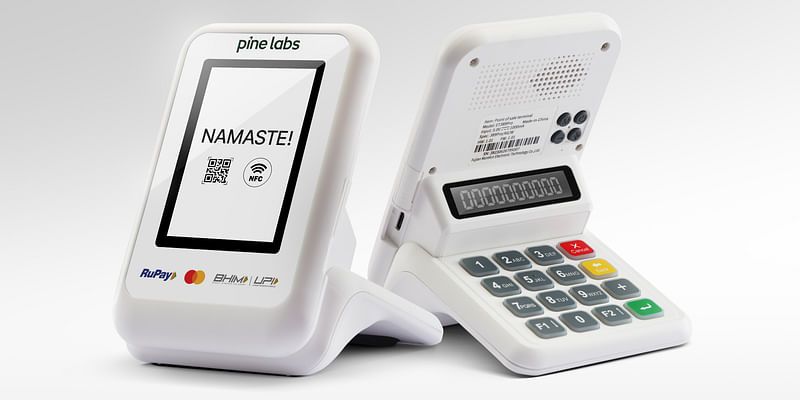Copyright yourstory

Peak XV Partners and Mastercard-backed Pine Labs has just turned a profit for the first time, a milestone in its two-decade journey from making card swipe machines to building digital payment infrastructure across Asia. But as it heads for the markets, investors are asking a basic question: how does Pine Labs actually make money? The short answer: it charges everyone—banks, merchants, and brands—for software and transaction services. “We make money from all three components,” said CEO Amrish Rau at a recent pre-IPO briefing. “We make money from merchants, we make money from banks and financial institutions, but we also make money from enterprises and brands. All of them pay us a fee for different types of transactions.” Pine Labs runs two big business units. About 70% of its revenue comes from what it calls digital infrastructure and transactions—the network that powers payments and related services for retailers. The rest, roughly 30%, comes from what it calls issuing and processing: the back-end technology that keeps prepaid and credit cards running. The first unit, digital infrastructure, includes three revenue streams. The most familiar is its in-store and online payments software. Every time you tap your card or phone at a Pine Labs terminal in a mall, hotel, or airport, Pine Labs gets paid a software-as-a-service fee. “We don’t charge for MDR,” Rau said, referring to the merchant discount rate, the fee that banks charge retailers on card transactions. “We let the MDR be decided between banks and the retailer. We charge for software services as a SaaS fee.” Both banks and merchants pay those fees. The second part is its value-added services—instalment plans, cashbacks, loyalty programmes, and analytics. Pine Labs helps shoppers split purchases into monthly payments and helps brands push offers at checkout. “If you’ve ever bought a television on your credit card and converted it into instalment payments, that’s our infrastructure,” Rau said. These services are billed per transaction or as a percentage of transaction value. The third leg is the company’s fintech infrastructure business: bill payments, e-signatures, KYC verification, and recurring payment processing. The other 30% of Pine Labs’ revenue comes from managing the guts of prepaid and credit card systems. “Somewhere an account gets created, money gets deposited, money gets held, wallet create hota hai, transactions, credit debit ho jata hai—all the backend technology for that Pine Labs does it,” Rau explained. “If you use Amazon Pay, we are the technology behind all of that.” The company counts nearly every major financial institution and consumer-facing business in India among its clients: “SBI, HDFC, Axis, ICICI—all of them are customers,” Rau said. “The top five ecommerce companies, the top three QSRs—McDonald’s and Starbucks—the top three Q-commerce firms, and the top five hotel chains are our customers.” Globally, Pine Labs operates in about 20 countries, including Malaysia, the UAE, and several in Africa. Its international revenue has grown 58% between FY23 and FY25 as it exports India’s digital payment stack abroad, the company said. Between FY23 and FY25, the number of merchants using Pine Labs’ services grew 34% annually, while transaction volumes expanded 48%. Gross transaction value rose 60% over the same period. “Even after 10 years, we are able to grow the GTV and grow the transactions at more than 50% on a year-on-year basis,” Rau said. “That is an astonishing, continued performance in any business.” The company says it has processed over six billion transactions, with cumulative transaction value exceeding Rs 11.4 lakh crore, serving roughly 980,000 merchants and 177 financial institutions. Pine Labs Ltd. posted a net profit of Rs 4.79 crore in Q1 FY26, aided by a tax credit that offset operating losses, compared with a Rs 27.89 crore loss a year earlier. Revenue from operations rose 17.9% year-on-year to Rs 615.91 crore, while total expenses increased 17.5% to Rs 657.86 crore, keeping pace with revenue growth. As Pine Labs heads for its public listing—anchored by a Rs 2,080 crore fresh issue and an offer for sale bringing the total issue to Rs 3,899 crore—it’s selling investors on a simple proposition: a tollbooth model on digital commerce, earning small fees from every swipe, tap, or tokenised payment it enables. (Edited by Jyoti Narayan)



